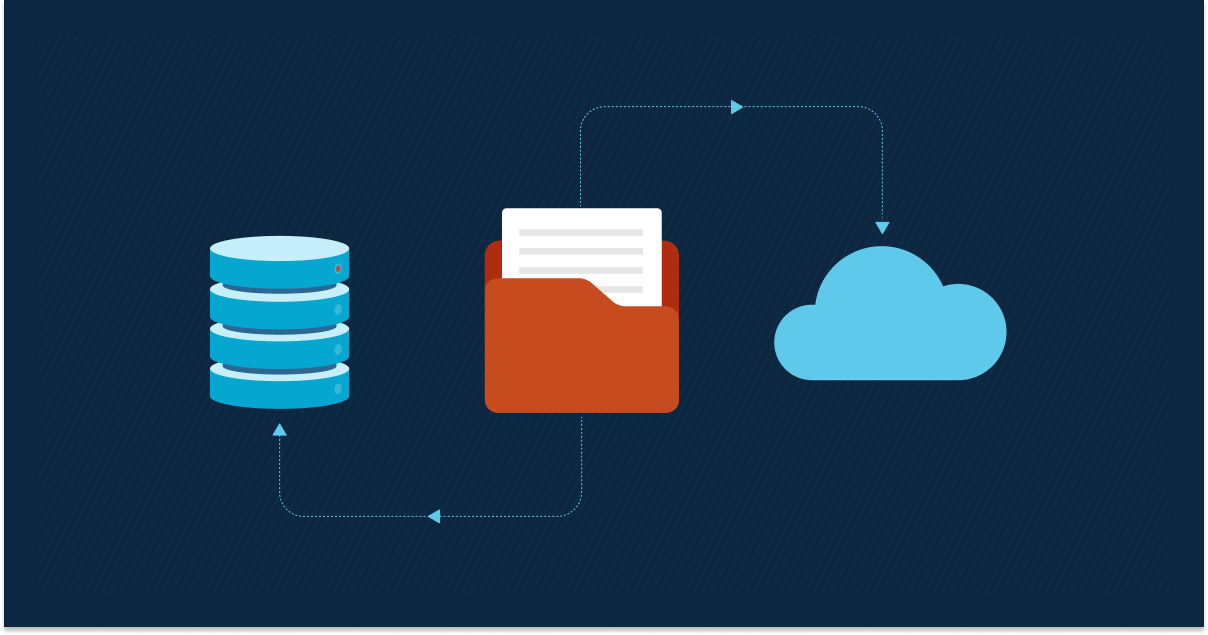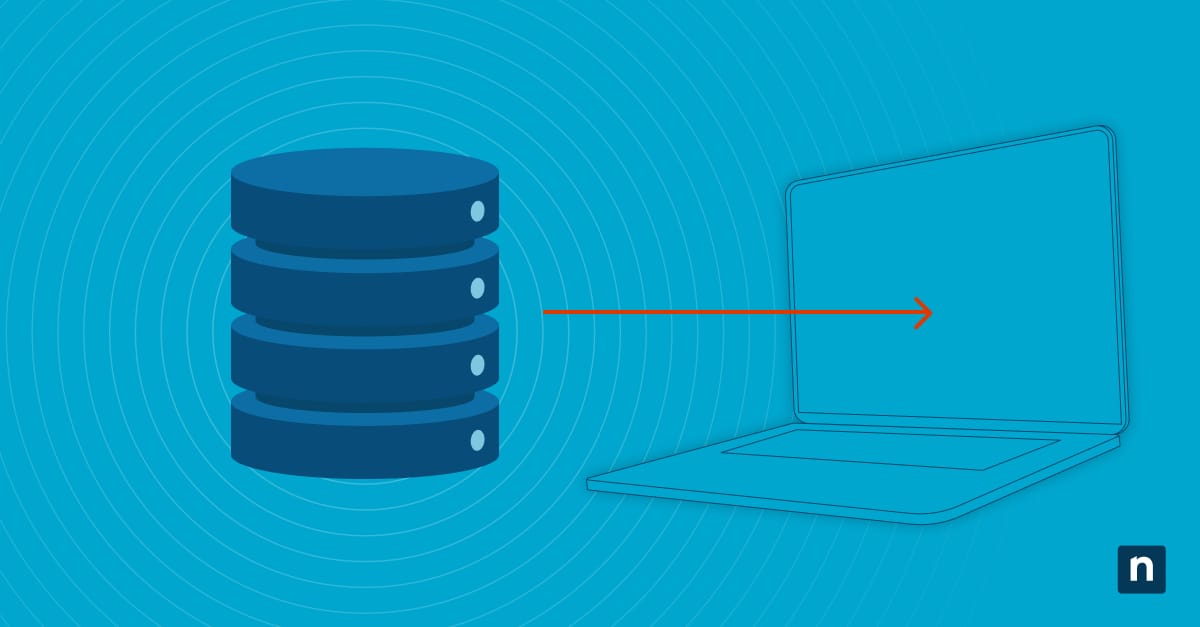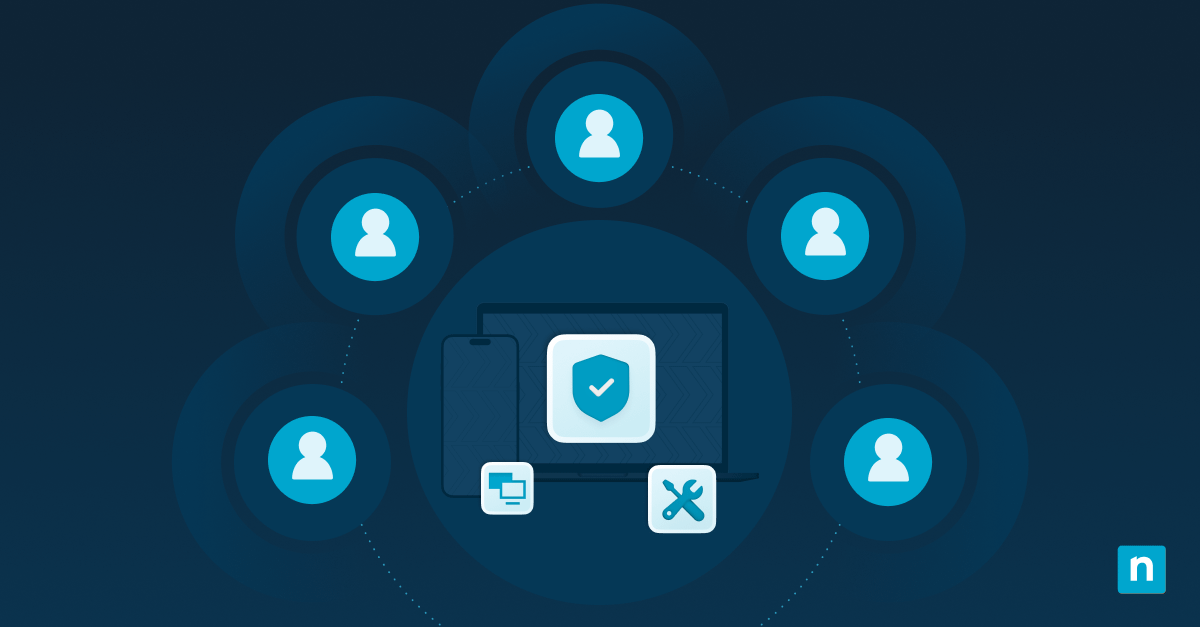Running a successful managed service provider (MSP) that meets evolving customer expectations requires careful planning and precise execution. Maximizing the capacity and fully exploiting the talents of a cross-functional team of IT experts is key, and must be supported by flexible tools and methodical application of best practices.
From revenue models and contract agreements, to support tools and documentation, this guide provides you with practical and actionable insights and strategies for a successful MSP business plan, and to help you get started on the right foot (or get your existing MSP operations back on track).
Why an MSP business plan matters
The MSP industry is growing rapidly, meaning increased business opportunities, but also increased competition. To stand out and acquire new customers (and keep your existing ones), your managed service provider needs to build a reputation for supplying the best service to a broad range of industries.
This requires optimizing your team and giving them the ability to switch between supporting clients in different industries (each with its own niche requirements) without losing a step. You must also be able to comply with industry and legal regulations, not just for your business, but for your clients’, who will be making you responsible for handling and protecting an increasing amount of confidential and sensitive information.
Without a business plan, your success as an MSP will be limited: you must actively seek new leads, be prepared with a competent, comprehensive service that meets each client’s needs (without scrambling to put together proposals at the last minute), and continuously deliver on promised services. All of this must be done within budget, so that your MSP offerings are competitive, provide good value for money, and, of course – highly profitable.
Business plans should not be rigid, and you should also take the time to periodically revise your MSP business plan. New technologies, business trends, and best practices can provide new ways to increase efficiency and provide additional services, keeping you ahead of the competition. AI automation is a recent example of this, and businesses that are failing to adapt are falling behind quickly.
A business plan also gives you a model of what success looks like: you have KPIs to measure and prove the impact your services are having, and can make sure that your team is working in lock-step toward the same goal.
What you need to know to build a successful MSP business plan
To build a business plan, you need to thoroughly research and create the following documents:
- Executive summary: Decide and describe what your business will do. This should broadly summarize your business goals and how you will reach them, including target audience, services offered, funding, and path to growth and profitability. It’s your elevator pitch.
- Mission statement and value proposition: Define in more detail how you will execute the above, including how you will compete in the market (customer problems you will solve that existing solutions do not, and your overall value proposition). Set milestones and strategic goals that, when followed and met, lead to the realization of your mission statement and the creation of a successful MSP business.
- Target market and customer profile: Is your target market geographic or industry-based? Build a customer profile so that you can effectively target marketing and messaging, and ensure you have both the tools and operational requirements for their industry met. For example, you may need to choose platforms that comply with industry regulations, or train your team in the use of industry-specific tools. Identify competitors for those customers, and see what they’re doing (then plan how you will do it better).
- SWOT analysis for MSPs: Conduct a SWOT (strengths, weaknesses, opportunities, and threats) analysis, and use this information throughout the planning process to ensure you are addressing the unmet needs of your customer base, fully exploiting the resources available to you, and are continually aware of the pitfalls that could sink your business plans.
Once you have this information, you can move forward to planning the practical implementation of these business promises.
Defining your MSP services and revenue models
Define the services you offer based on the expectations of your customers, but don’t be afraid to surprise them with innovative ways to solve their problems.
Bundling services that can be highly streamlined and automated is one way to maximize customer value and profits at the same time, especially for customers with predictable support patterns. For customers who only require periodic support, à la carte offerings offer flexibility and can entice new customers with no lock-in, but can be unpredictable for capacity planning purposes.
Pricing MSP services can be complex, and there are multiple cost factors to consider:
- The cost of your own tools and infrastructure, required to supply your MSP services (for example, remote access and MDM software)
- The cost of the infrastructure and cloud services that you will manage for your customer (and whether you are solely managing it, or reselling services)
- Your IT team’s wages, and on-call costs if 24/7 availability is required
- The price of scalability, including being able to burst for extra capacity with extra staff or support resources
- Backup and disaster recovery, compliance, and cybersecurity overheads to protect you and your customers’ data
MSP pricing models include per-use and per-device, or tiered/flat rates for ad-hoc work. Complex pricing can account for more variations, but may scare away customers, whereas simple models may result in the contractual obligation to perform additional work at no cost. It’s critical for your business’s viability to choose the right MSP pricing strategy.
MSP marketing and lead generation tactics
MSPs are no longer just competing locally — many successful providers operate 100% remotely, so you’re competing in a national or international market, no matter where you are located.
This means you have to stand out with a world-class MSP website, leverage your existing contacts, and implement emerging technologies to find new customers (and help them find you). Traditional advertising and thought leadership strategies should also not be overlooked, and are well proven in their effectiveness.
Once you have a marketing funnel that is generating leads, you can then execute the rest of your MSP sales process, including lead qualification, discovery, and finally, closing the deal.
Financial projections, recurring revenue, KPIs, and growth strategies
Once you have defined and budgeted the services that you will provide, and factored in the operational and marketing costs necessary for your business to function, you can make financial projections and decide on the KPIs that will inform your future business decisions. These will include profitability metrics based on recurring revenue, sales and marketing metrics, service metrics (including SLA adherence), as well as additional metrics that may be set by your clients that are industry-specific or required for compliance. With this information, you can plan for growth, including the onboarding of new MSP team members.
Beyond outreach and marketing, you can implement additional growth strategies, including strategic partnerships with other businesses, and vertical specialization. By targeting specific industries (for example, healthcare, legal, and finance) with services and technologies that meet their own highly specialized operational requirements and legal obligations (including data protection), you can acquire and retain customers that other MSPs may not be able to effectively serve.
Risk management and compliance
When creating your MSP business plan, as well as during the discovery process for new clients, you must consider what will happen when things go wrong (and they will go wrong). A thorough vendor risk assessment should be performed for all tools and platforms you will be using or recommending your customer use.
The same operational, reputational, cybersecurity, and compliance risks that you look for when choosing vendors should also be performed for your own MSP business from the point of view of your client (factoring their industry, the nature of their business, and their own data and regulatory compliance requirements): this way, you can ensure that you are not exposing your clients to the kinds of risks you are actively avoiding yourself.
Your MSP business plan should also include a robust Business Continuity and Disaster Recovery (BCDR) that covers both your critical business data, and any data you handle on behalf of your customers.
Operations and tools: MSP business success relies on a modern MSP technology stack
Once you’ve made a plan for your MSP business, you need the tools that will make it happen. You will need to research, compare, and adapt tools to meet the plans you have set out, including:
- Professional Services Automation (PSA) and Billing portals
- Remote monitoring and management (RMM) and mobile device management (MDM)
- Documentation and Helpdesk tools
- Cybersecurity and backup systems
These tools must be compliant with regulations covering the regions and industries of your customers, and facilitate the delivery of the services you promise them. Direct integration of these tools into a unified platform allows for efficiency, coordination, and automation across your team, and speeds up the onboarding of new customers.
NinjaOne provides a complete MSP platform that unifies everything an MSP needs into a single web-based interface, with strong automation features, compliance with global privacy and data protection laws (including federal, state, and local laws, and industry specific regulations for finance, healthcare, and education) and a community of professionals on hand to help get your MSP up and running with the best possible business outlook.








